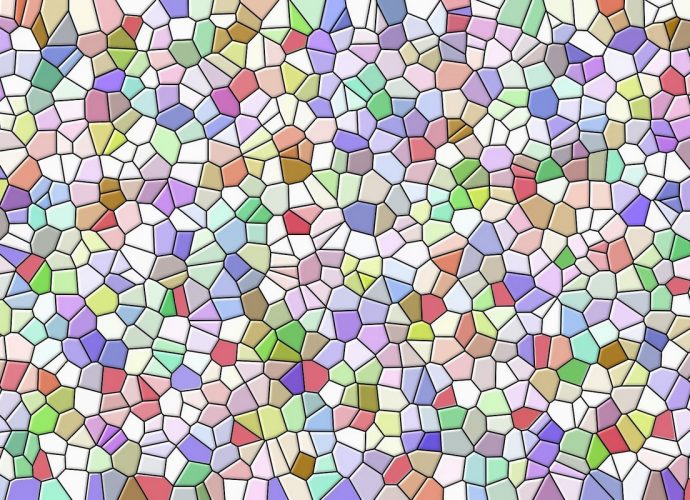What Gemstones Fade In Sunlight?
Amber can darken with age. Some varieties of amethyst can fade. When dyed, coral may fade under direct light. The oils in emerald may dry or alter the stone’s appearance. Bright lights can cause kunzite to fade. What crystals lose color in the sun? All amethyst is a form ofRead More →







